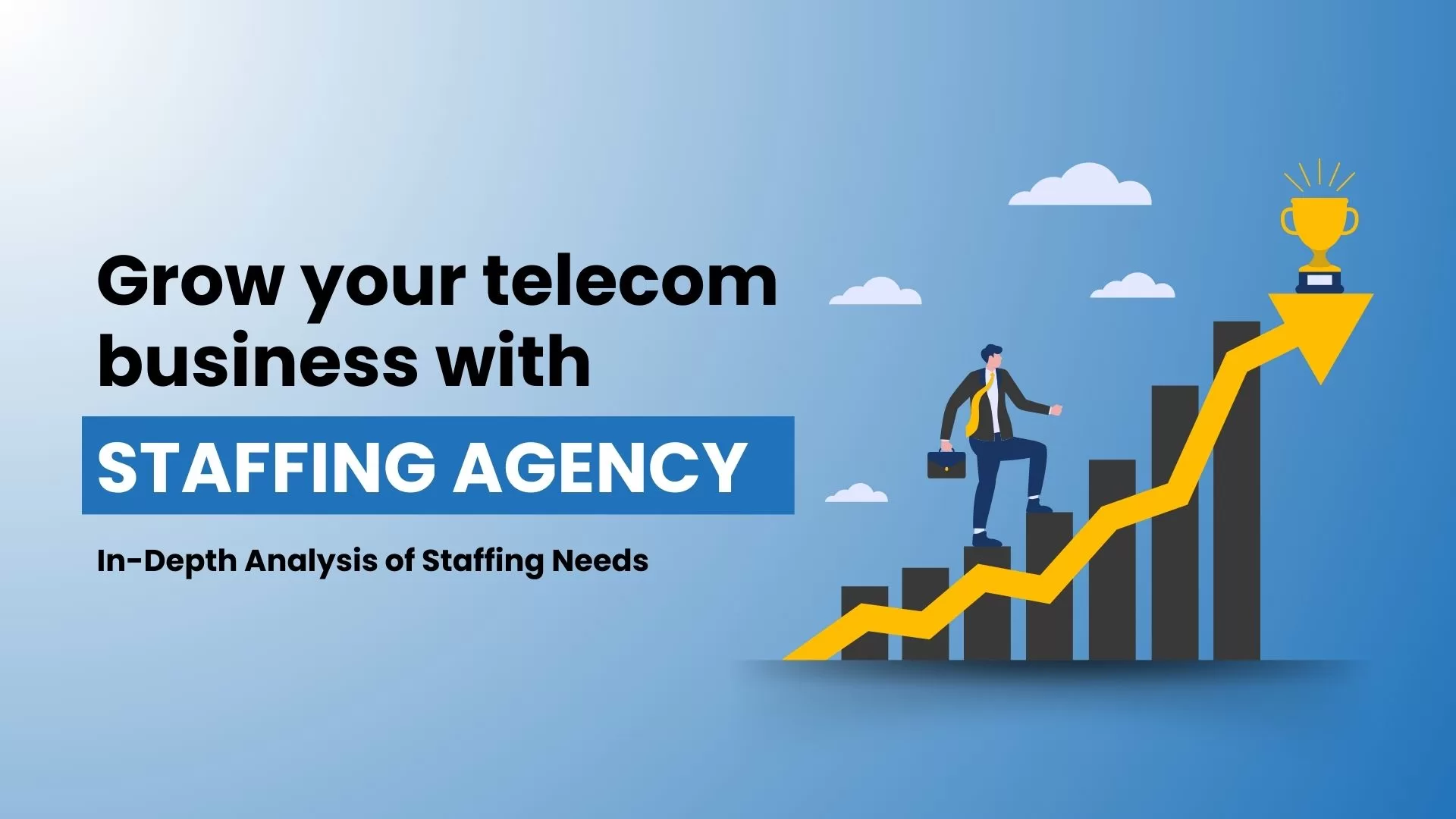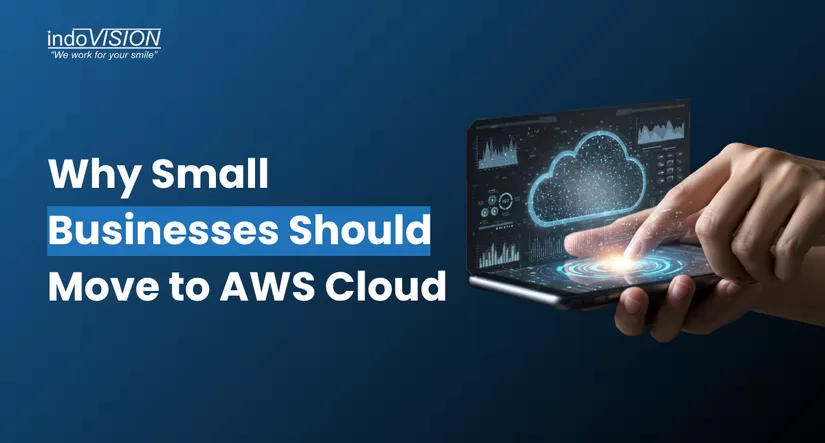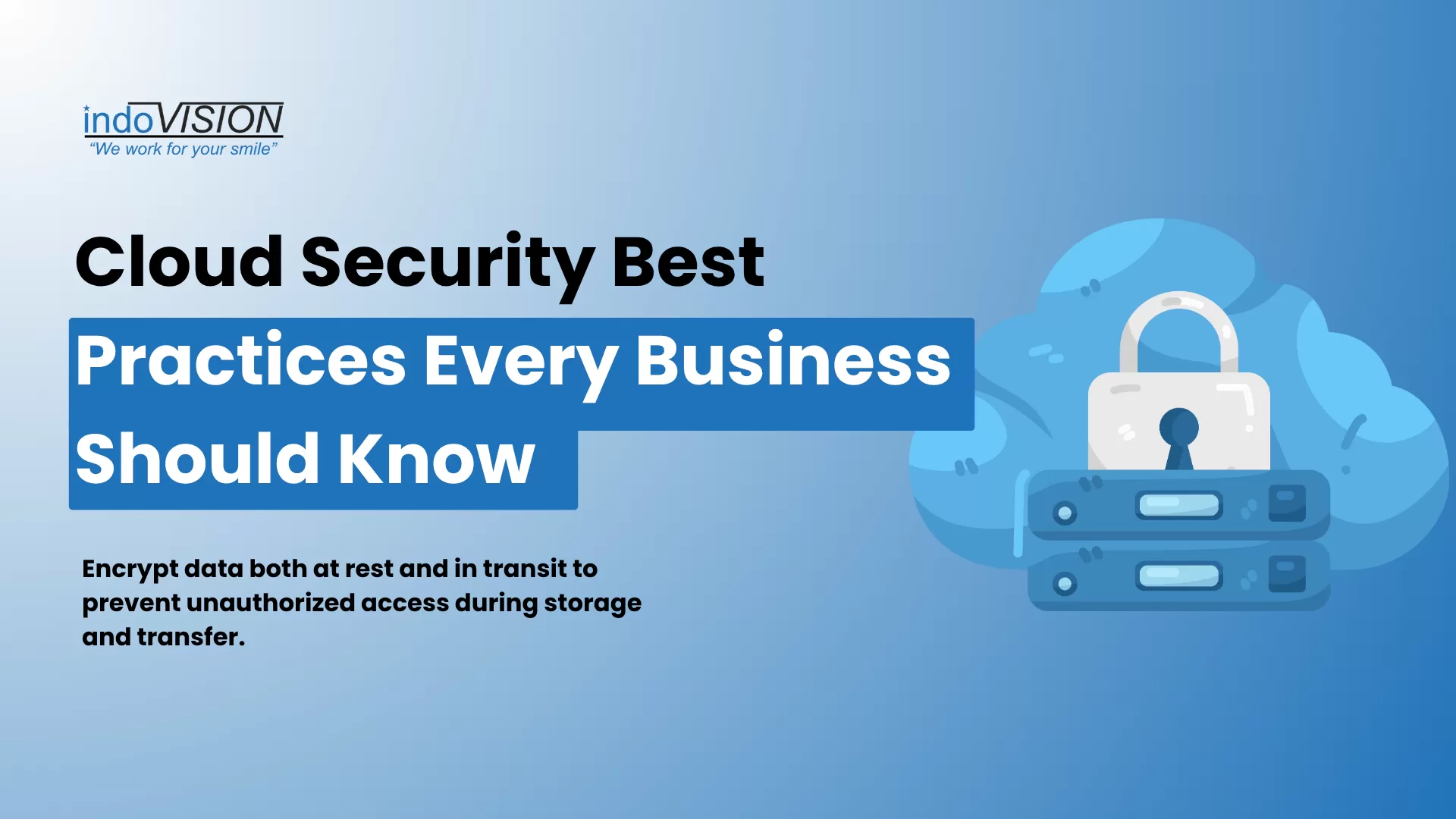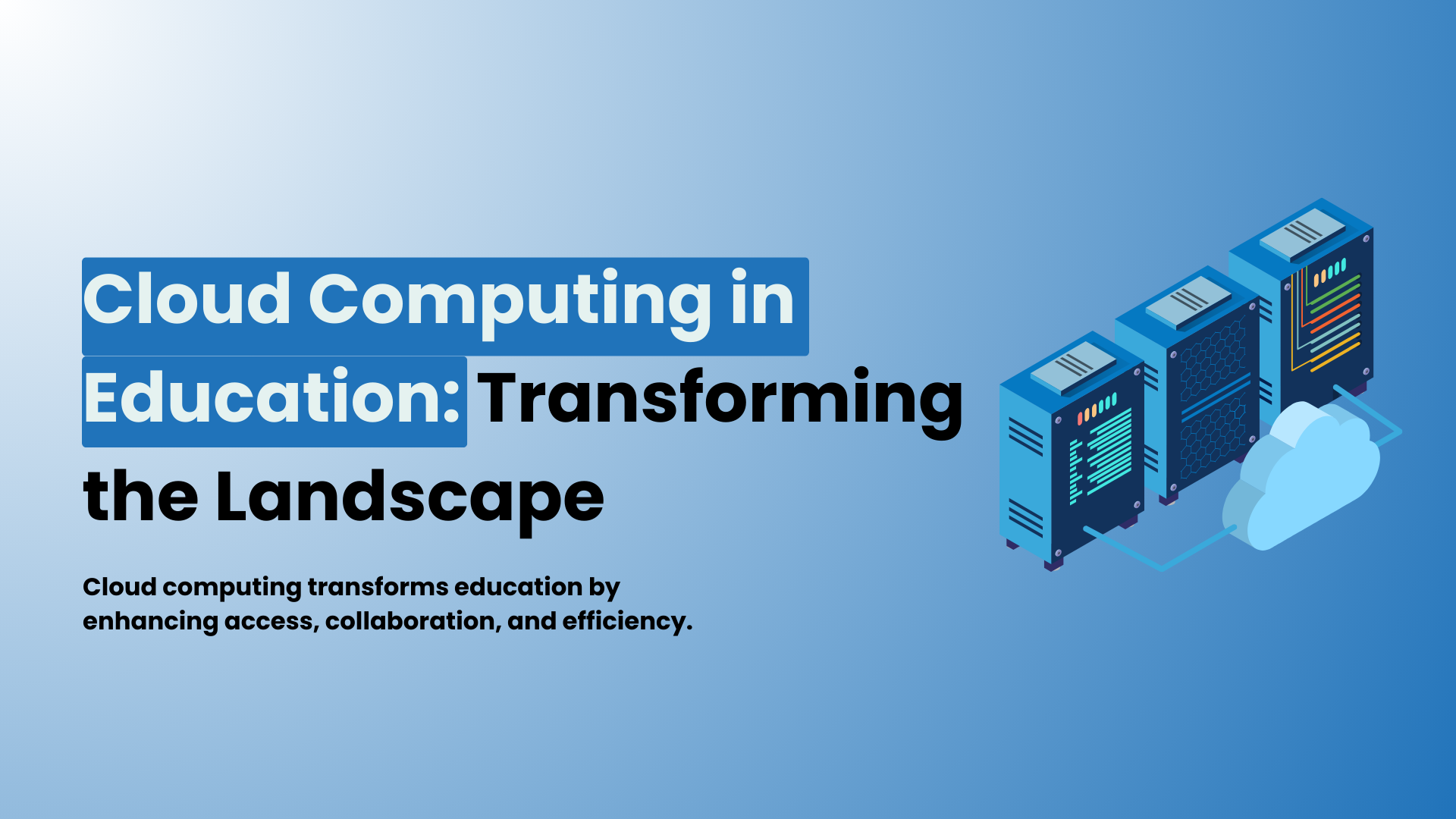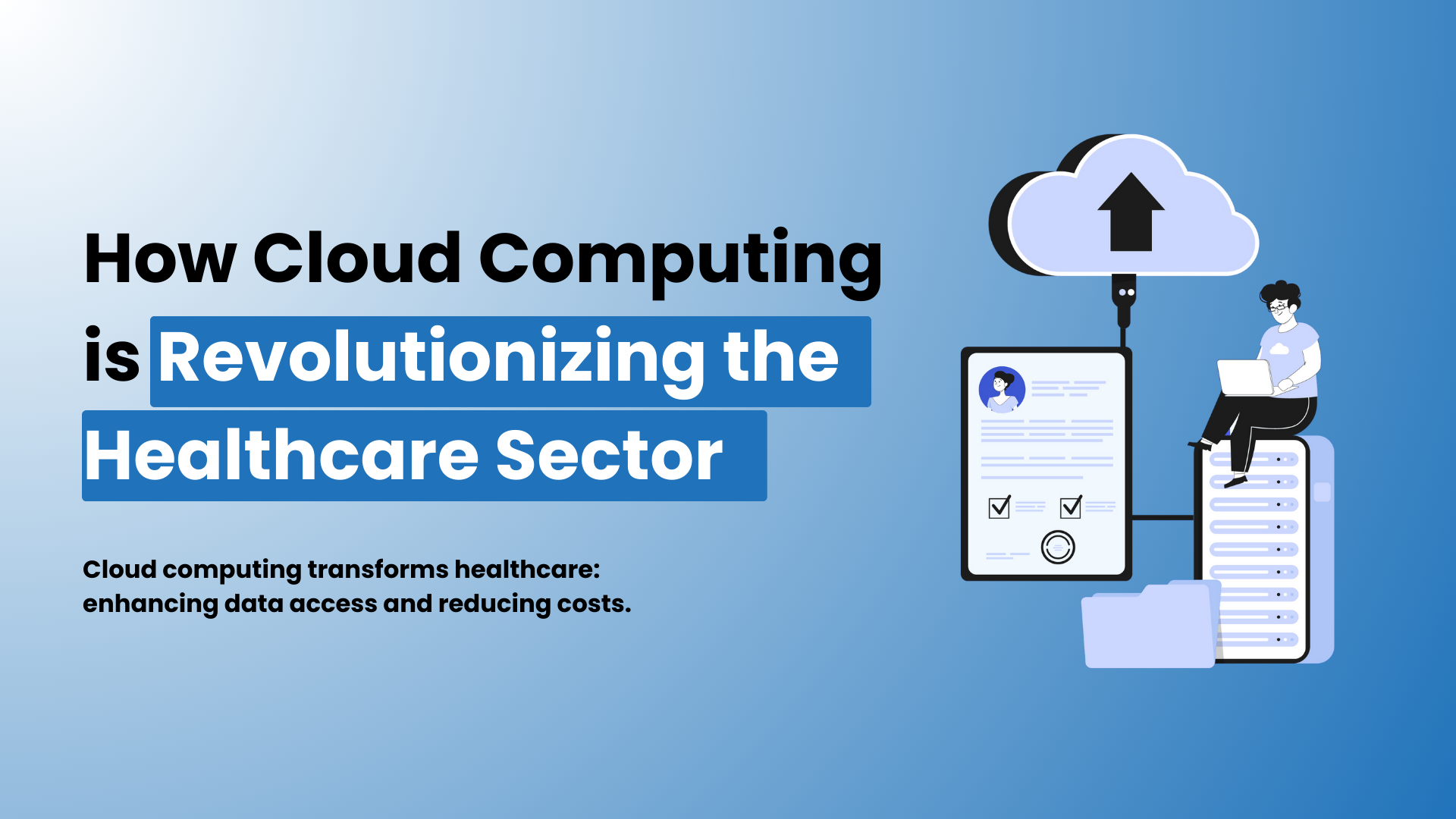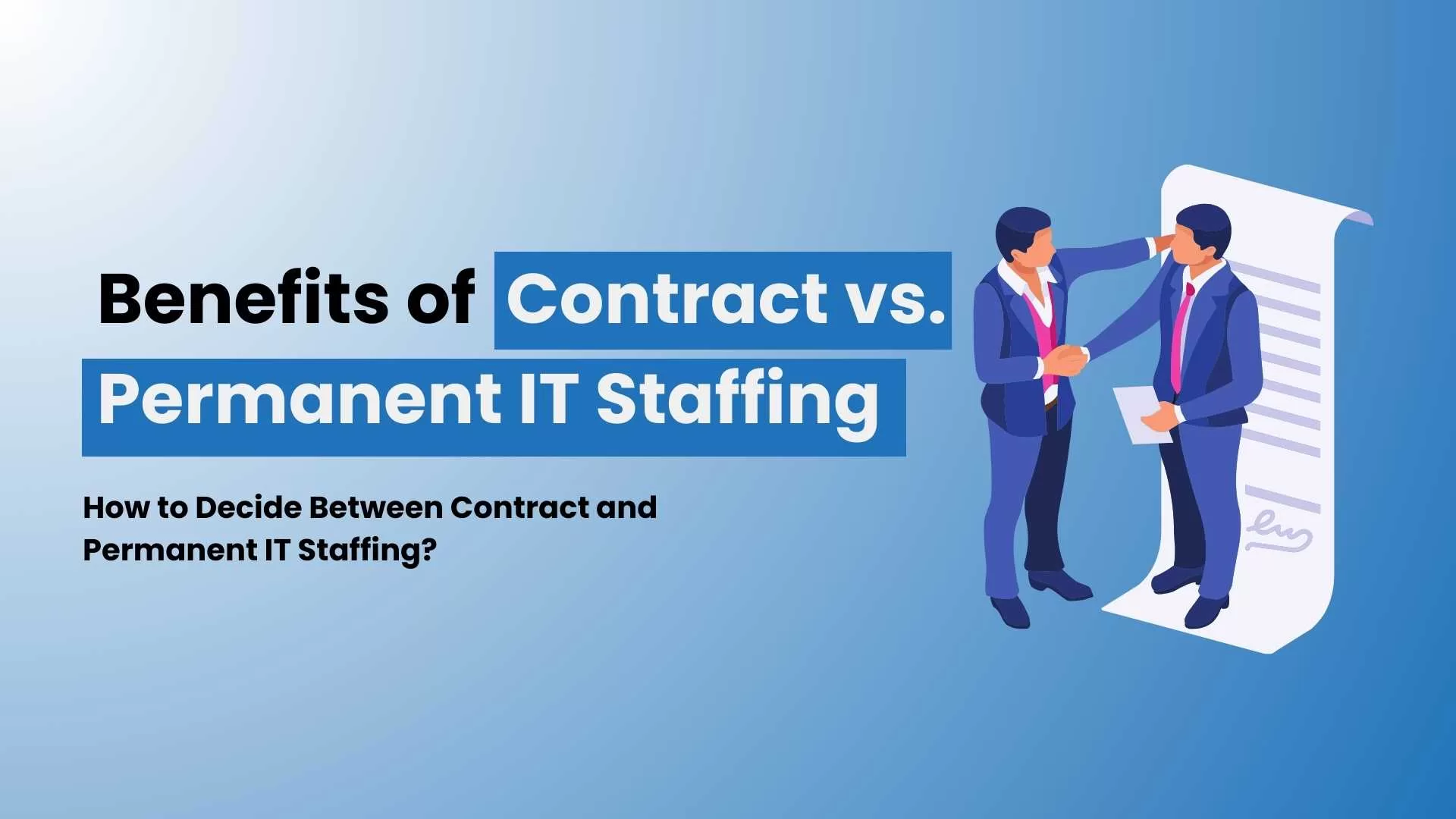Flexibility, scalability, and cost-effectiveness are just some of the reasons businesses turn to cloud computing today. The more that moves to the cloud, the more critical sound cybersecurity practice becomes. In this blog, we will discuss why security is important to cloud computing and give best practices in keeping your cloud environment safe.
Understanding the Risks of Cybersecurity
Cloud Computing However, it comes with the following security risks:
Data Breaches
Inadequate control over sensitive data stored in the cloud may mean that it processes are at risk of financial and reputational damage in case of unauthorized access.
Data Loss
There are various ways data can get lost, whether unintentional deletions or even malicious hack attacks.
Insecure APIs
Application Programming Interface, APIs, are the entry points to cloud services. If not secured properly, it opens the doors for attacks.
Account Hijacking
It involves cybercriminals gaining access to users' cloud accounts to access and manipulate their data and services.
Insider Threats
Employees with access to critical data and systems can pose a significant risk if they misuse their privileges.
Malware and Ransomware
Malware and ransomware attacks use encryption or steal data and hold it for ransom in exchange for money. Even cloud environments cannot remain immune to these since a number of endpoints could get compromised.
Service Denial
DDoS attacks could overwhelm cloud services and render them unavailable to users, affecting business operations.
Misconfigurations
Wrong cloud configurations leak sensitive data or systems to the internet that are easily hackable by attackers.
Data Sovereignty Issues
Storing data in different jurisdictions within the cloud environment could create compliance and legal issues related to data privacy laws.
Lack of Visibility and Control
In the face of cloud services, an organization loses a certain degree of visibility and control over its data and infrastructure; therefore, monitoring and securing them effectively is very difficult.
Shared Technology Vulnerabilities
Cloud environments often utilize shared infrastructure. It is possible to leverage vulnerabilities in the underlying technology stack to gain access to data belonging to multiple tenants.
Best Practices for Cloud Security
The risks noted above can only be countered by robust cybersecurity measures at a business organization. Here are some best practices to harden the security in the cloud environment:
- Data Encryption: All sensitive data should be encrypted during transfer and when stored. This makes it hard to access any information in cases of unauthorized users. For instance, encrypting sensitive data about customers kept on the cloud will prevent access in case the storage is breached.
- Strong Authentication Mechanisms: Consider implementing MFA in order to provide another layer of security for cloud-based accounts. In this regard, MFA will offer an additional layer of protection for accounts on the cloud. The risk of account hijacking, for example, can be averted by up to 99% if a company using MFA insists on users providing more verification beyond a password.
- Regular Security Audits: A security assessment or audit must be performed at regular intervals to unmask vulnerabilities. Quarterly security audits by a company will see any existing security gaps detected and patched, keeping the security posture in top form.
- Secure usage of the API: It should be ensured that APIs would be designed to be secure and implemented using protocols like OAuth and with rate limiting against miss-use. For instance, let’s take the case of protecting APIs with OAuth 2.0, in which only authorized applications should access your services in the cloud.
- Employee Training: Make the employee aware of cybersecurity and its best practices, hence reducing the risk of insider threat. In fact, periodic training in cyber security can help employees identify phishing attempts and various methods of social engineering.
- Compliance: Some industry standards and regulations, like GDPR, HIPAA, and ISO/IEC 27001, must be complied with to ensure that your cloud services meet the desired benchmarks of security. For instance, a healthcare provider is required, under provisions of the HIPAA, to ensure that there are measures to protect patient data and avoid associated hefty fines.
The Role of Cloud Service Providers
The correct cloud service provider helps you remain safe in the cloud. A reputable CSP will provide for:
- Advanced Security Measures: This includes firewalls, intrusion detection systems, DDoS protection, and so on. For example, AWS has a package for security appliances with AWS Shield for DDoS protection and AWS WAF for application security.
- Compliance Certification: This refers to adherence to industry standards and certifications that provide strong security practices. Microsoft Azure, for example, has conformance with the most extensive list of standards, including ISO/IEC 27001, SOC 1, SOC 2, and GDPR, in order to assure its clientele of high levels of security.
- Transparent Policy: Clearly outlined policies regarding data handling, privacy, and security practices are shared with users. For example, Google Cloud provides detailed documentation and transparency reports regarding how they handle data and respond to legal requests.
Case Studies
Capital One Data Breach
Tesla Insider Threat
NHS and the WannaCry Ransomware Attack
Additional Strategies for Enhancing Cloud Security are:
To further enhance cloud security, organizations can implement the following strategies:
- Zero Trust Architecture: In Zero Trust, there is absolutely no default trust for any entity, whether inside or outside a network. This means continuous verification of every user and every device to access any resource.
- Security Automation: This would help in automating a number of security tasks regarding threat detection, incident response, and compliance checks, all of which are connected to security operations. For example, the use of SIEM systems helps in automating the detection and response against potential threats.
- Disaster Recovery Planning: A properly tested disaster recovery plan develops a pathway to quick recovery from data loss or other disruptions. This should, at a minimum, include regular backups and a defined recovery strategy.
- Cloud Security Posture Management: The use of CSPM tools enables the continuance of monitoring of cloud environments for security misconfiguration and compliance issues and brings real-time visibility with automated remediation capabilities.
Conclusion
As businesses move to the cloud, the importance of robust cybersecurity cannot be overstated. Knowing the risks and best practices enables an organization to protect its data and maintain customer trust. On the other hand, it must be remembered that the quest for cybersecurity is not a one-time effort but a continuing process needing vigilance and proactive measures on the part of the actors involved.
Business entities can dramatically enhance their cloud security posture through the choice of reputable cloud service providers, encryption of data, strong authentication mechanisms, regular security auditing processes, API security, employee education, and adherence to industry standards. In addition, some advanced measures at the high end, such as Zero Trust architecture, security automation, disaster recovery planning, and CSPM, provide additional security hardening in a cloud environment.



